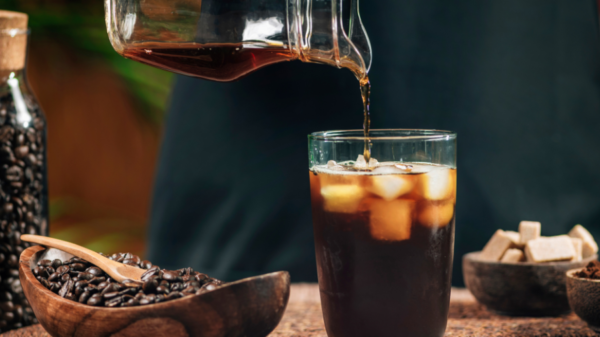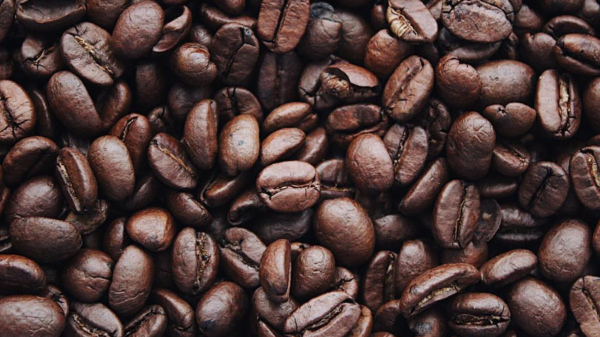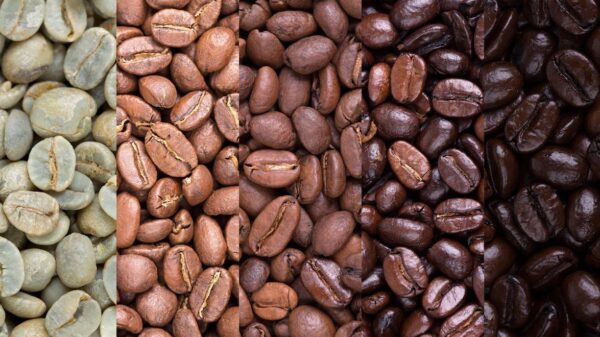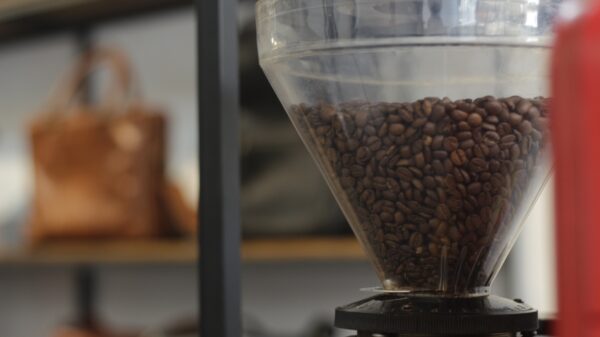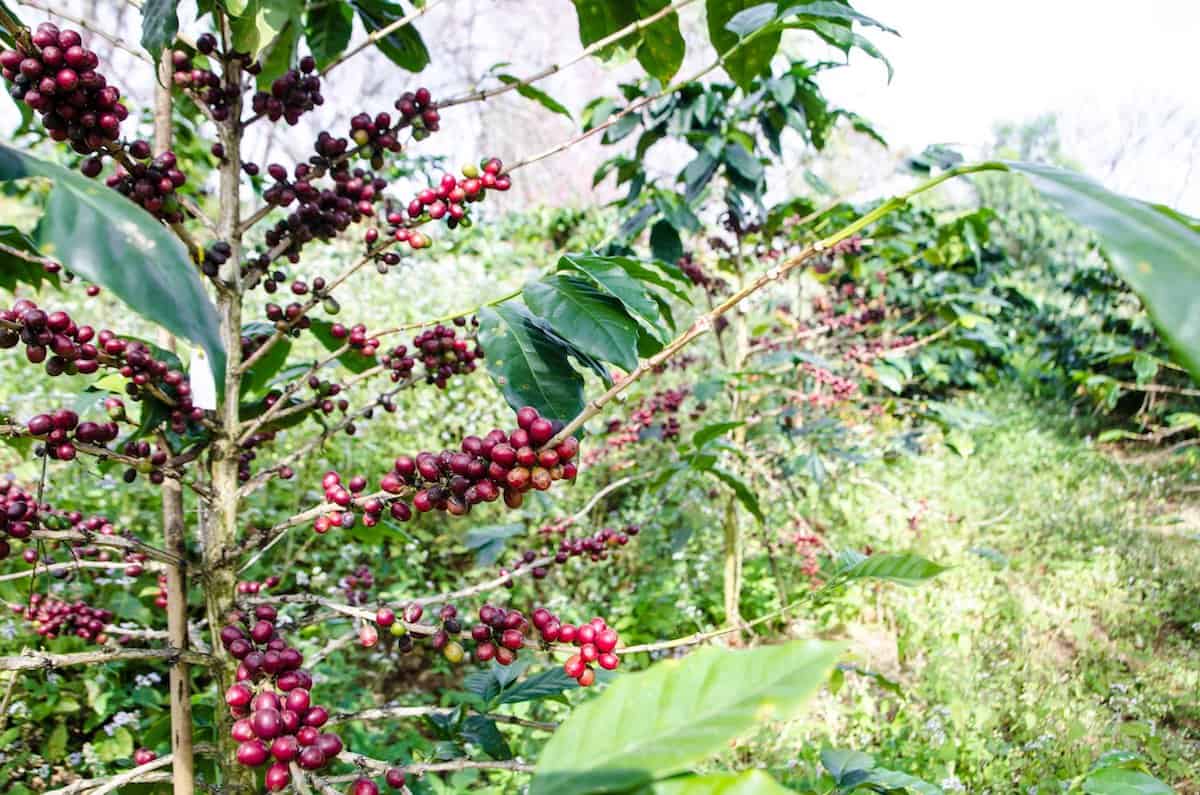The Appearance of a Coffee Plant
Coffee beans do not start out looking like beans you see in a store, as they come from a coffee plant. So, what does a coffee plant look like? Coffee plants look like small trees that have glossy dark green leaves and produce coffee cherries and small white flowers on the branches. These coffee plants are shrubs that can grow up to 10 meters in height, but they are usually harvested when they are around 3 to 4 meters tall.
The coffee beans are then dried, roasted, and ground to create the familiar coffee bean flavor we all know and love. So, this is a small look into how a coffee plant looks, but there is so much more, keep reading on to find out what!
What to Know About Coffee Plants
There are important tidbits of information you need to know about the coffee bean plant. On the branch tips, coffee plants have dark green leaves that develop in pairs. These leaves are vital for the plant since they serve as a photosynthesis site, which is the transformation of light into chemical energy.
Also, on the branches beneath these leaves, are where the cherries grow that contain our coffee beans. As the coffee bean is actually a seed that grows inside of a red or purple fruit called a coffee cherry. When they mature, they turn from green to a rich crimson color. Then once the coffee cherries are ripe, they are harvested and the beans are extracted.
What Are Coffee Plants?
Coffee plants are shrubs or small trees that can grow up to 10 meters tall, although most cultivated types only reach 3-4 m in height. The plant blooms and produces fruit all year in tropical regions; however, it takes 6-9 months to mature fully in colder ones.
- In coffee plantations, coffee cherries grow on the trees’ branches.
- After 3-5 years, the plant will blossom.
- Where the leaves and branches meet, small white fragrant blooms will emerge.
- The sex cells are housed in the flowers, this allows the plant to grow over time.
- The flowers will eventually perish and fall off of the plant after fertilization.
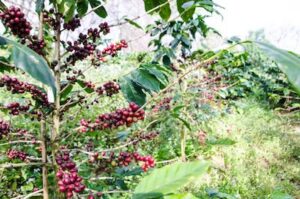
Development of the Coffee Plant
However, the stem they were connected to will continue to develop, and a coffee cherry will start to form. It takes approximately 6-9 months for a coffee cherry to reach maturity from flower to fruit.
- When it’s ripe, it’ll be deep red. Inside the fruit is where we find the coffee bean (also known as “seed”).
- Each cherry usually contains one or two beans, although there may be one or three on rare occasions.
- The beans are enclosed in a thin layer of skin and encircled by a sweet pulp.
- The beans will continue to develop as long as they remain on the plant since they are usually harvested when they are still green.
- Bush coffee plants live for approximately 30-40 years, with some outliers living up to 80 years old.
These coffee plants are known technically as bushes. After being pruned once per year, they should be between 5 and 7 feet tall to ensure that they do not grow too tall. Most growers and pickers prefer them this way so that the cherries may be readily harvested. After the coffee beans have been picked, they must be processed and roasted before we can consume them as a delicious cup of coffee.
Different Types
Coffee is made from two different trees, the Arabica and the Robusta. Within the Arabica coffee family, there are a hundred different variants, but just a few in the Robusta coffee family. The style and kind of coffee plant have an impact on how it tastes, how much caffeine it has, and where it grows:
The Arabica Coffee Plant
The Arabica coffee plant is the most widely cultivated and consumed variety of coffee in the world. It has a superior flavor to other types.
- The first Arabica coffee plant was discovered in Ethiopia.
- These produce half of the world’s coffee.
- Arabica beans are recognized for their excellent taste and fragrance.
There is a more complex sweetness perceptible in the cup. Most of the large coffee franchise beverages are prepared using Arabica coffee beans.
The Robusta Coffee Plant
Robusta beans are smaller and have fewer sugar compounds, which gives Robusta coffees a more earthy, bitter taste and higher caffeine content.
- Robusta is far easier to grow than Arabica, so it is also generally less expensive.
- As a result, Robusta beans are mostly used in commercial-grade items like instant coffee, some lower-quality packaged coffees, and espresso.
- The Coffea Canephora or coffee canephora plant is a species of coffee that is commonly referred to as Robusta coffee.
It is native to central and western sub-Saharan Africa, from Sudan in the north to Angola and the Democratic Republic of the Congo in the south. The plant is also naturalized in Ethiopia, Madagascar, Réunion, Comoros, Mauritius, Arabia, India, Vietnam, Laos, Cambodia, Thailand, Sumatra, Peninsular Malaysia, and Java, Borneo, and the Philippines.
- Canephora coffee trees grow to a height of 4–5 m (13–16 ft) and have a trunk diameter of up to 35 cm (14 in).
- The leaves are simple, opposite, and oblong-elliptic, with a length of 10–15 cm (4–6 in) and a width of 5–8 cm (2–3 in).
- The flowers are white, 5–8 mm (0.20–0.31 in) in diameter, with a six-lobed corolla.
- The fruit is a red drupe 10–15 mm (0.39–0.59 in) in diameter; each coffee tree can produce up to 2 kg (4.4 lb) of coffee cherries per year.
The coffee plant grows best in deep, well-drained soils that are rich in organic matter. It prefers a location with full sun (but will tolerate partial shade) and high humidity.
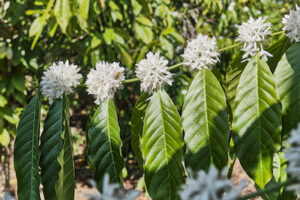
What Are the Different Parts of the Plant?
Roots
A coffee plant can live for years if its root development is strong. The growth and health of the coffee tree are similarly dependent on its root development system, which plays a key role in its development and health.
The Branches
Mature coffee trees have vertical trunks in the middle. This trunk is the primary body of the coffee tree, from which leaves and coffee cherries develop. The trunk also produces secondary and tertiary units.
The Leaves
Despite some of the coffee trees’ structures varying by species and other circumstances, it is commonly thought of as evergreen.
Flowers
Coffee flowers are said to be beautiful, white blooms that bloom on the coffee tree’s branches in clusters.
Fruits-Coffee Cherry
Coffee cherries are the fruit of the coffee tree. It starts as an unripe green cherry and progresses to a red-ripened fruit that is typically used for different purposes and transformed in stages.
The Different Parts of the Coffee Bean
Each coffee bean has two seeds. These seeds are kept safe by several hard shells that must be carefully removed before roasting.
Exocarp
The exocarp is the outer layer or peel of the fruit. As the fruit grows, the exocarp changes color.
Mesocarp
The mesocarp is a small amount of pulp or flesh located just beneath the exocarp.
Endocarp
A parchment-like covering is used to enclose the bean. During the maturation period, this layer hardens and keeps the bean small.
Spermoderm
The seed has another protective shell surrounding it.
Endosperm
The coffee cherry is inflated with carbon dioxide, which causes the hard outer shell to inflate. Then the hard outer shell is crushed to extract the bean inside. After all of these processes are completed, the green seed is removed from the coffee cherry. We may now enjoy our daily cup of joe as a result of this tree; there’s much more to it than meets the eye!
Unique Facts About the Coffee Plant
- Many things influence the plant and bean flavor, including climate, elevation, soil type, and seed variety.
- Every day, a competent harvester may gather around 100 to 200 pounds of coffee cherries, which equals 20 to 40 pounds of coffee beans.
- Coffee cherries do not ripen uniformly; it may take multiple harvests from the same tree to get all of the ripe cherries.
- For this reason, some farmers use a practice called strip-picking, where they carefully remove all of the cherries from the branch in a single pass, regardless of ripeness.
- The world’s second most valuable traded commodity is coffee. The United States is the world’s top importer of coffee.
- The average duration from blooming to harvesting is around nine months.
- Honey bees eat the nectar of the flowers, and, like us, consume caffeine.
- Coffee plants are native to Ethiopia and can grow up to 10 meters tall.
- The coffee plant flowers and produces fruit year-round in tropical climates, but it takes about 6-9 months to mature enough to harvest in more temperate regions.
- Coffee cherries grow on the branches of these trees.
- The plant will bloom after 3-5 years of growth. Small, fragrant white blooms (similar to a jasmine flower) will appear where the leaves and branches join.
- These flowers house the plant’s sex cells and are what allow it to reproduce over time.
- After fertilization, the flowers will eventually die and drop off the plant.
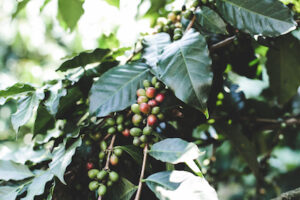
Conclusion
The coffee plant is a fascinating tree that has many different parts. They all work together to protect the coffee bean inside the fruit. The coffee plant grows best in deep, well-drained soils that are rich in organic matter and prefers a location with full sun. The average duration from blooming to harvesting is around nine months. The coffee plant is an incredible tree that provides us with a delicious morning beverage or a great break any time of day.


